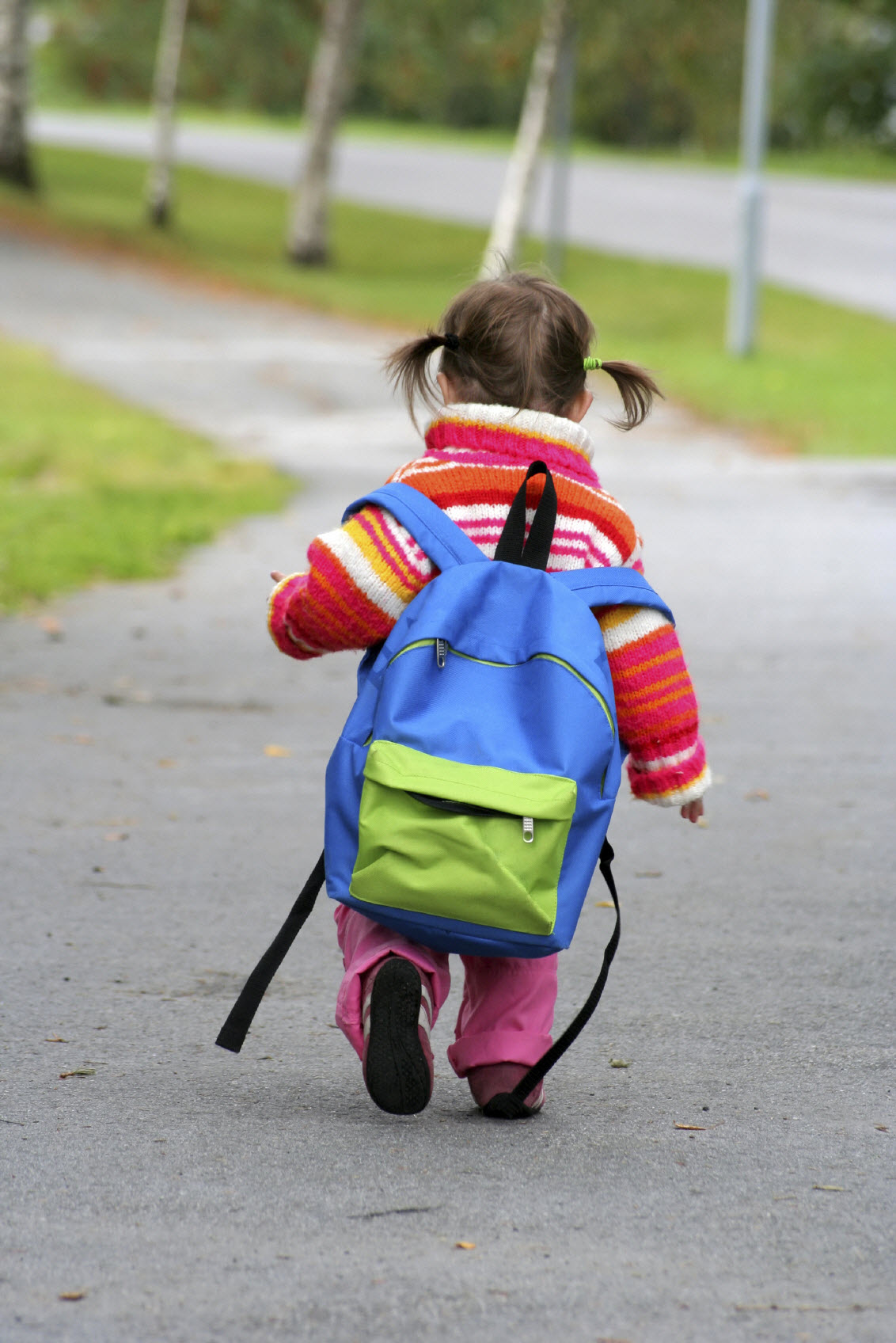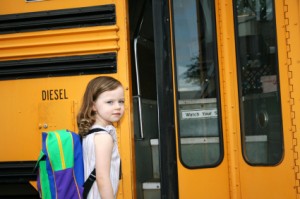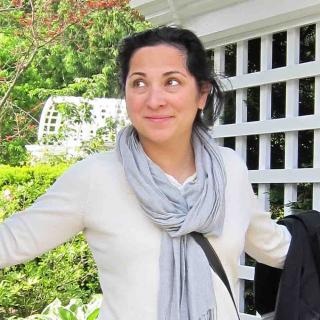 When my daughter was born on Sept. 9, 2009, I knew her auspicious birth date was a boon for designing birth announcements and filling out customs forms. What I didn’t realize was the dilemma it presented five years later when we were deciding whether or not to enter her in kindergarten.
When my daughter was born on Sept. 9, 2009, I knew her auspicious birth date was a boon for designing birth announcements and filling out customs forms. What I didn’t realize was the dilemma it presented five years later when we were deciding whether or not to enter her in kindergarten.
In the Seattle school district, kids have to be 5 years old by Aug. 31 to be eligible for standard enrollment. But my daughter only misses that cutoff by nine days, and kids with September and October birthdays can apply for early entrance to kindergarten. We absolutely felt she was socially, emotionally and academically ready even though she’d perpetually be the youngest kid in her class.
I’ll admit I had to pause for a moment after learning about the trend of ‘redshirting’ kids for kindergarten, or not entering school until they are 6 or older. The way some parents spoke about it, I thought the practice was highly common and highly advantageous. But I was wrong on both counts. A paper published in 2013 by the journal Educational Evaluation and Policy Analysis found only 5 percent of all kindergarten-age children are intentionally held back a year.
Additionally as I took a deeper dive on what seemed obvious — that the older a child starts Kindergarten, the better off they are throughout their school experience — that assumption evaporated too. Studies have indicated that initially being older does show a positive effect on test scores at the end of kindergarten, but by eighth grade it levels out. But by college, students who are younger repeatedly outperform the older ones in any given year. This is due to younger kids being conditioned to persevere and used to expending more effort to keep up.
In a nutshell, they are more motivated and work harder. So actually, there is a case to be made to be the youngest in class.
These were encouraging words, but we had to first get through the process. Not knowing anyone who had gone through the early entrance experience, I had no idea of what to expect. Even the detailed webpage doesn’t fill in all the blanks.
So here is our experience to demystify the process for any parents who might be considering it next year.
Early April: the application for early entrance to kindergarten became available on the Seattle Public Schools website. One week after we submitted the application plus documents and fee, a letter arrived saying they received the application.
Mid-April: We were notified of the time/date for the first round of evaluation.
Mid-May: The first evaluation occurred at a local school on a Saturday morning. Roughly 10 kids were grouped per session, and kindergarten teachers evaluated their basic readiness in a classroom environment. Parents stayed in the cafeteria for about an hour while the kids did some guided activities in the classroom. The teacher teams decided whether each child was ‘probably ready’, ‘possibly ready’ or ‘definitely not ready now’ for kindergarten.
Two days later, I received an email saying that our daughter had passed the first evaluation and was scheduled for the second one at the end of June. I didn’t quite grasp the degree of variance between ‘probably ready’ and ‘possibly ready,’ but our daughter landed in the ‘probably’ category.
 End of June: The second evaluation took place. Our daughter met with a school psychologist by herself. In this session, her motor skills, language, academic readiness and maturity were evaluated in terms of what it takes to be successful in kindergarten. After 35 minutes, I was called into the room and shown a sheet of paper with scores on it. I was to send it in with the enrollment form because she passed. We now could officially register for kindergarten. Because we wanted to go to our neighborhood school where there would be a guaranteed spot for her, we didn’t have to deal with any waitlists for choice schools.
End of June: The second evaluation took place. Our daughter met with a school psychologist by herself. In this session, her motor skills, language, academic readiness and maturity were evaluated in terms of what it takes to be successful in kindergarten. After 35 minutes, I was called into the room and shown a sheet of paper with scores on it. I was to send it in with the enrollment form because she passed. We now could officially register for kindergarten. Because we wanted to go to our neighborhood school where there would be a guaranteed spot for her, we didn’t have to deal with any waitlists for choice schools.
Beginning of August: We finally received our official school assignment form to our neighborhood school. I immediately called the elementary school to see if they offered the Jump Start program where kindergarteners attend class the week prior to the official start date to get used to the new routine. Our school did not offer that, but I was sent a packet of forms to be immediately filled out because we definitely wanted to get on the school’s radar as soon as possible.
End of August, all three kindergarten classes had a playground playdate, and we found out who her teacher would be.
After four weeks of school, she was re-evaluated by her teacher and the principal to make sure the transition to kindergarten was still positive and appropriate for her abilities.
Ours was certainly a more complicated route to take for kindergarten, but it felt like the best one for our girl.











